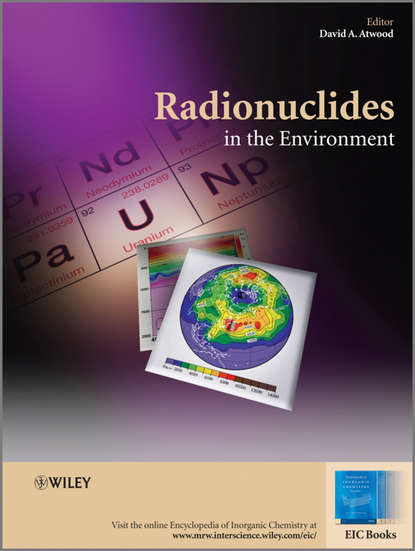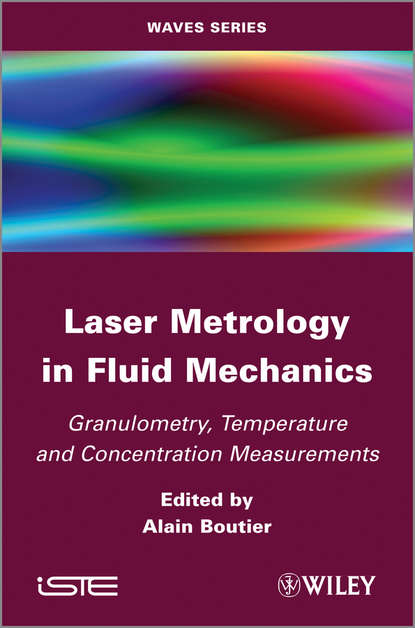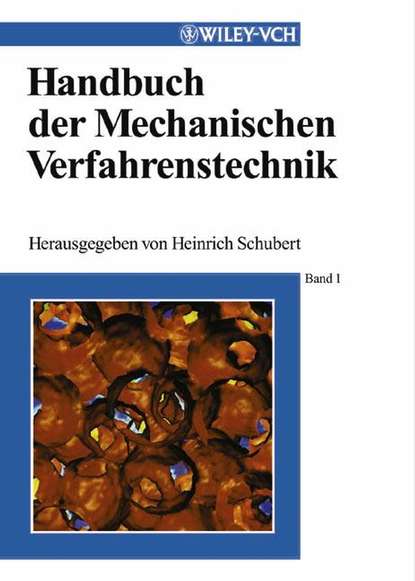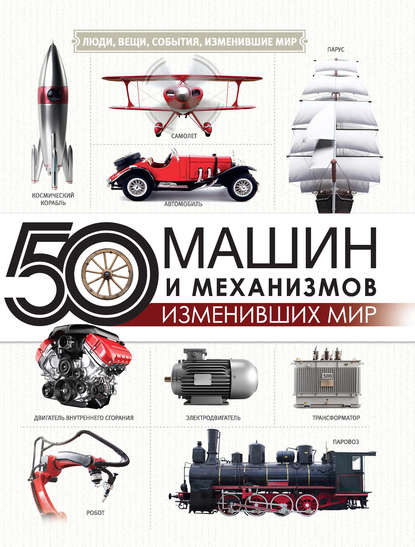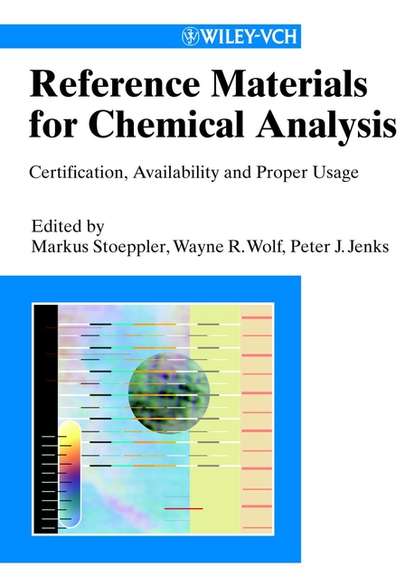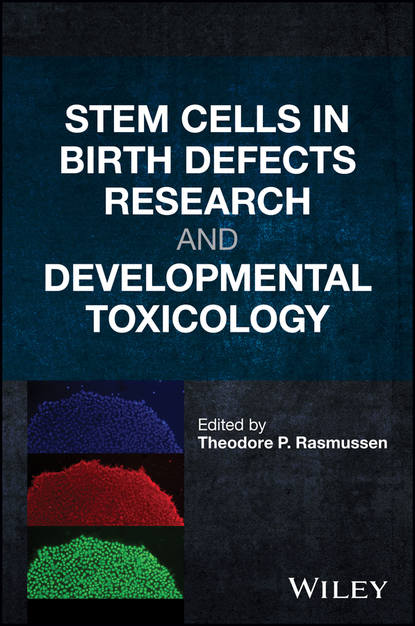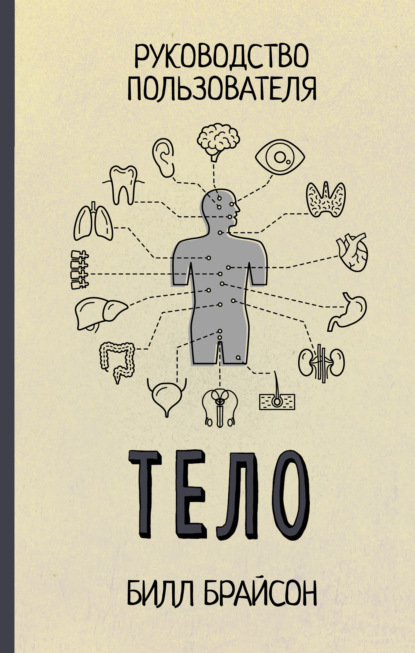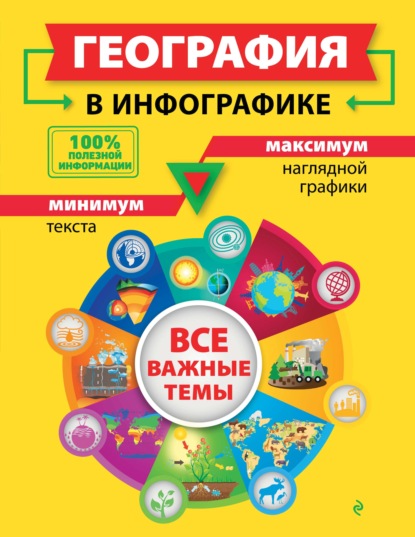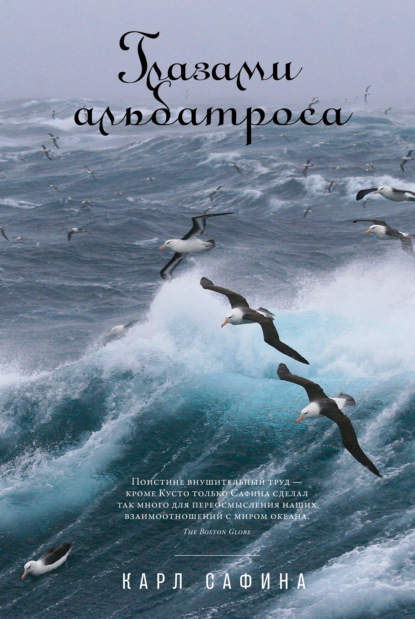Книга "Radionuclides in the Environment" посвящена изучению экологически значимых радионуклидов. В свете мирового роста потребности в энергии и перехода от использования ископаемых видов топлива к возобновляемым источникам, энергия ядерного реактора может стать одним из ключевых источников энергии. Однако, использование ядерной энергии и радионуклидов в гражданских и военных целях приводит к образованию очень долгоживущих отходов, которые дороги и представляют высокую опасность для окружающей среды и здоровья человека. Поэтому крайне важно понимать экологические последствия радионуклидов для экосистем и здоровья человека, если мы планируем использовать ядерную энергию, чтобы избежать глобального энергетического кризиса.
Книга предоставляет фундаментальную информацию о химии радионуклидов, их распространении и перемещении в окружающей среде, методах анализа и технологиях, необходимых для их устранения и смягчения последствий. Каждая глава структурирована по общему систематическому формату, чтобы облегчить сравнение между элементами и группами элементов.
Эта книга является частью серии книг EIC Books, созданной на основе "Encyclopedia of Inorganic Chemistry". Серия подразумевает более краткие тематические тома, нацеленные на конкретную область интересов, и регулярно публикуется с участием ведущих ученых в своих областях. Как и "Encyclopedia", EIC Books стремится предоставить начинающим и опытным исследователям критическое сведение о ведущих концепциях в неорганической и биоинорганической химии и структурированный вход в области, которые они охватывают. Книга также доступна в рамках пятитомного сборника "Encyclopedia of Inorganic Chemistry".
Электронная Книга «Radionuclides in the Environment» написана автором David Atwood A. в году.
Минимальный возраст читателя: 0
Язык: Английский
ISBN: 9781118632680
Описание книги от David Atwood A.
Nuclear energy is the one energy source that could meet the world's growing energy needs and provide a smooth transition from fossil fuels to renewable energy in the coming decades and centuries. It is becoming abundantly clear that an increase in nuclear energy capacity will, and probably must, take place. However, nuclear energy and the use of radionuclides for civilian and military purposes lead to extremely long-lived waste that is costly and highly problematic to deal with. Therefore, it is critically important ot understand the environmental implications of radionuclides for ecosystems and human health if nuclear energy is to be used to avoid the impending global energy crisis. The present volume of the EIC Books series addresses this critical need by providing fundamental information on environmentally significant radionuclides. The content of this book was developed in collaboration with many of the authors of the chapters. Given the enormity of the subject the Editor and the Authors had to be judicious in selecting the chapters that would appropriately encompass and describe the primary topics, particularly those that are of importance to the health of ecosystems and humans. The resulting chapters were chosen to provide this information in a book of useful and appropriate length. Each chapter provides fundamental information on the chemistry of the radionuclides, their occurrence and movement in the enivornment, separation and analyses, and the technologies needed for their remediation and mitigation. The chapters are structured with a common, systematic format in order to facilitate comparions between elements and groups of elements. About EIC Books The Encyclopedia of Inorganic Chemistry (EIC) has proved to be one of the defining standards in inorganic chemistry, and most chemistry libraries around the world have access either to the first of second print editon, or to the online version. Many readers, however, prefer to have more concise thematic volumes, targeted to their specific area of interest. This feedback from EIC readers has encouraged the Editors to plan a series of EIC Books, focusing on topics of current interest. They will appear on a regular basis, and will feature leading scholars in their fields. Like the Encyclopedia, EIC Books aims to provide both the starting research student and the confirmed research worker with a critical distillation of the leading concepts in inorganic and bioinorganic chemistry, and provide a structured entry into the fields covered. This volume is also available as part of Encyclopedia of Inorganic Chemistry, 5 Volume Set. This set combines all volumes published as EIC Books from 2007 to 2010, representing areas of key developments in the field of inorganic chemistry published in the Encyclopedia of Inorganic Chemistry. Find out more.
